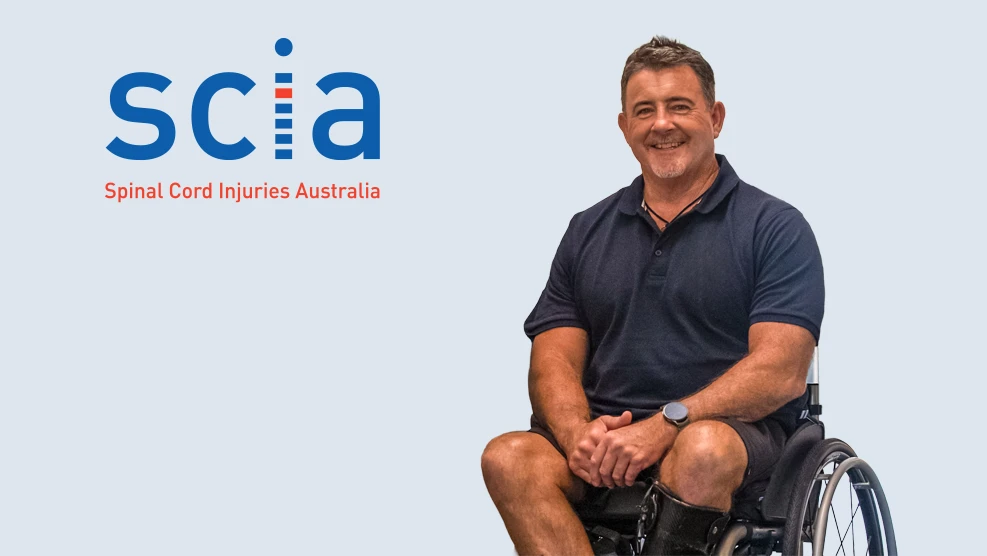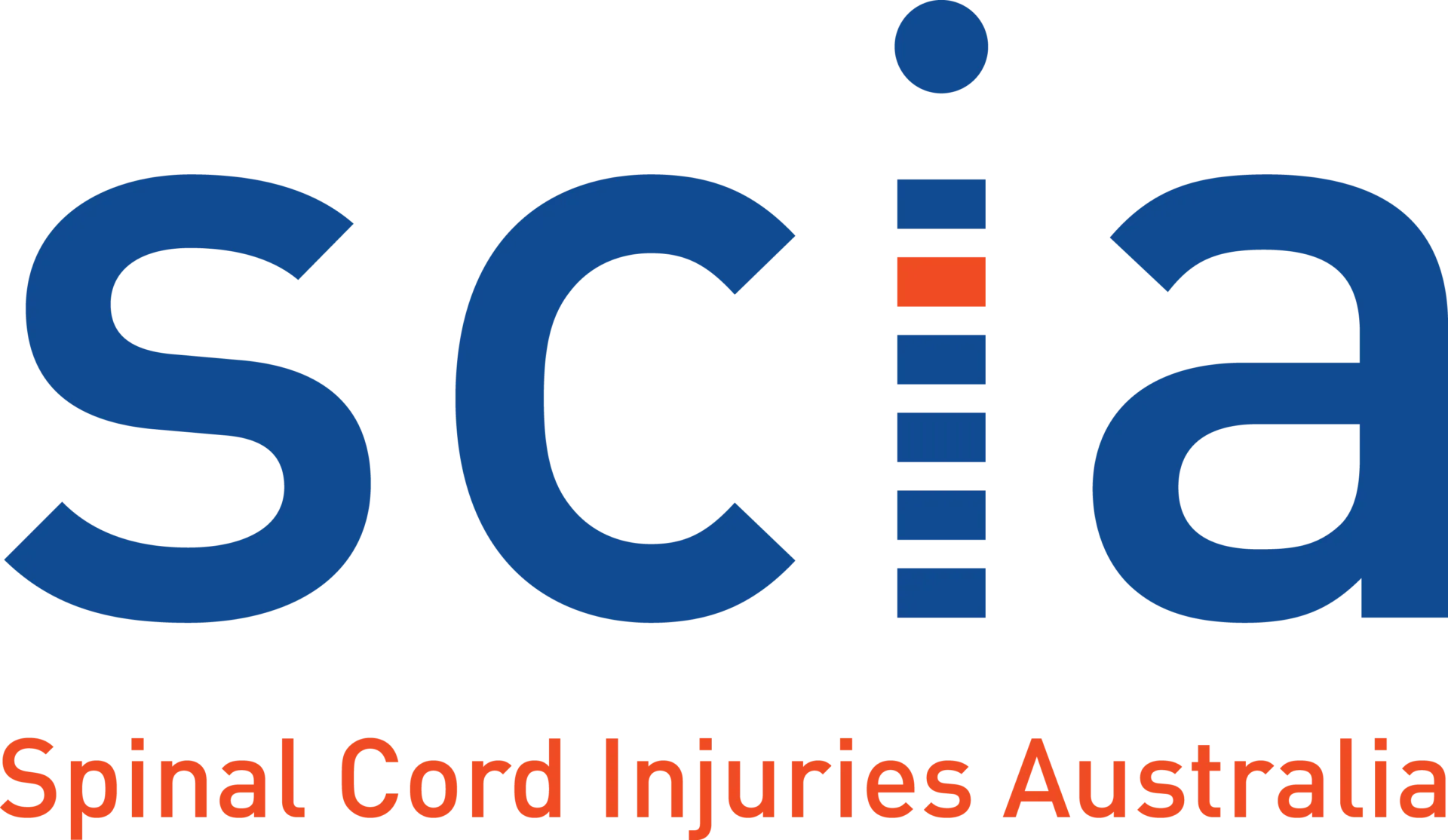Your central hub for information, support tools, and practical advice.
Discover our resources

SCIA on the Disability Royal Commission

A Moment That Changed Everything

Online Network Forum: NDIS Review, Aged Care Act and Support at Home Program

A Crash Course in Pain Management

Something To Think About – Where Is The Support For Spouses & Partners?


